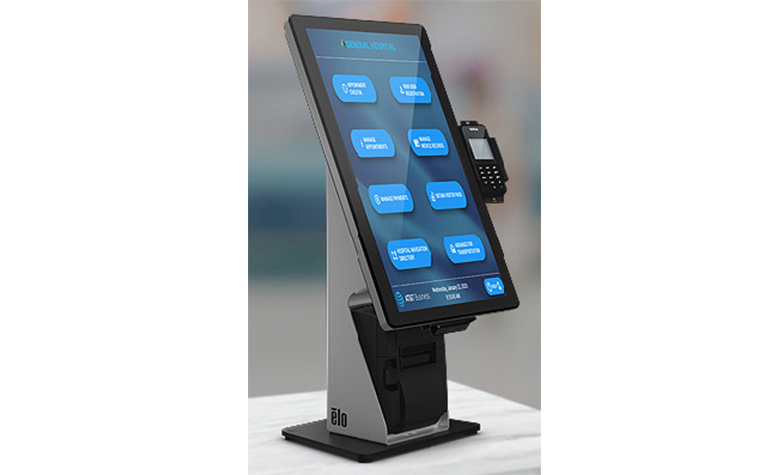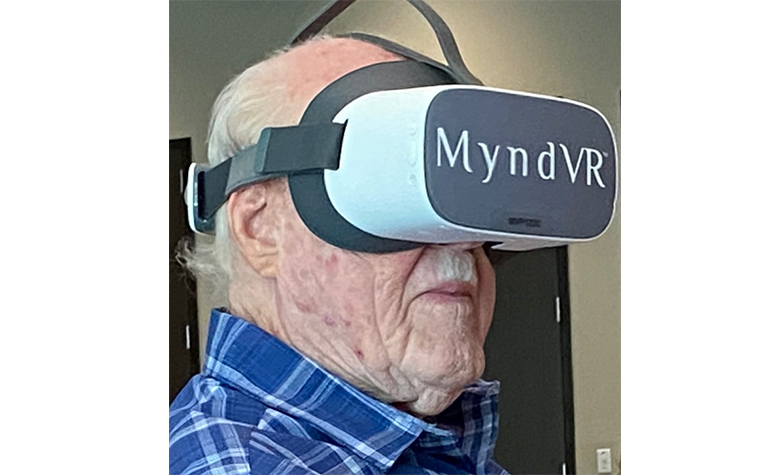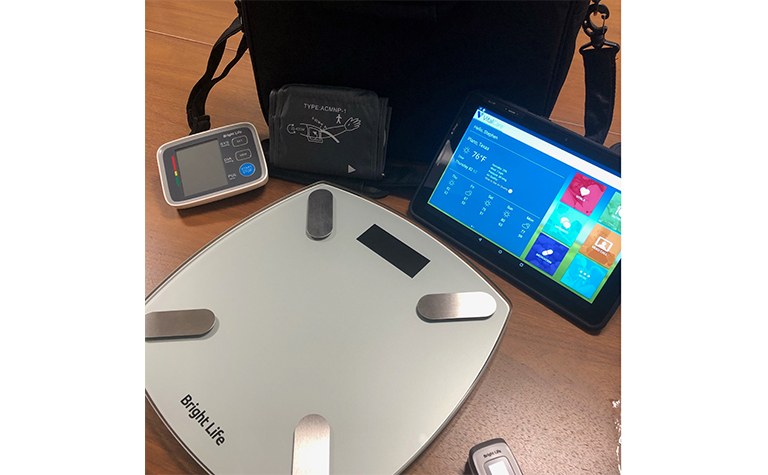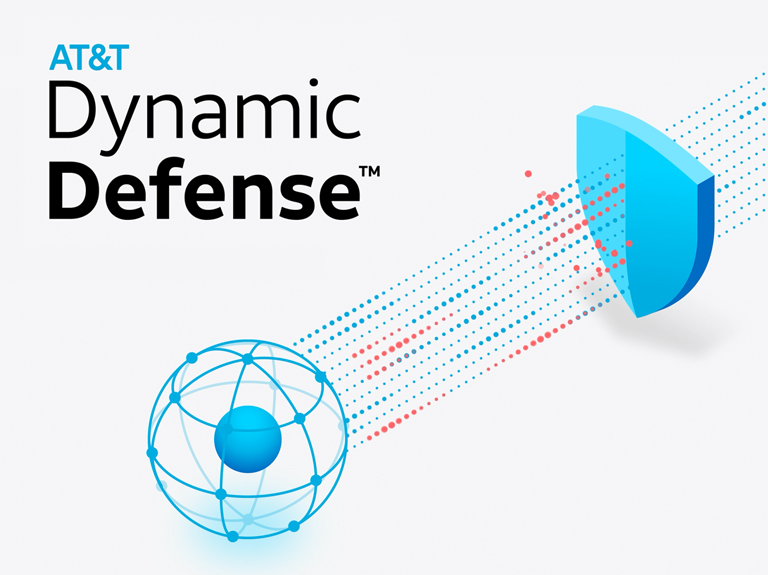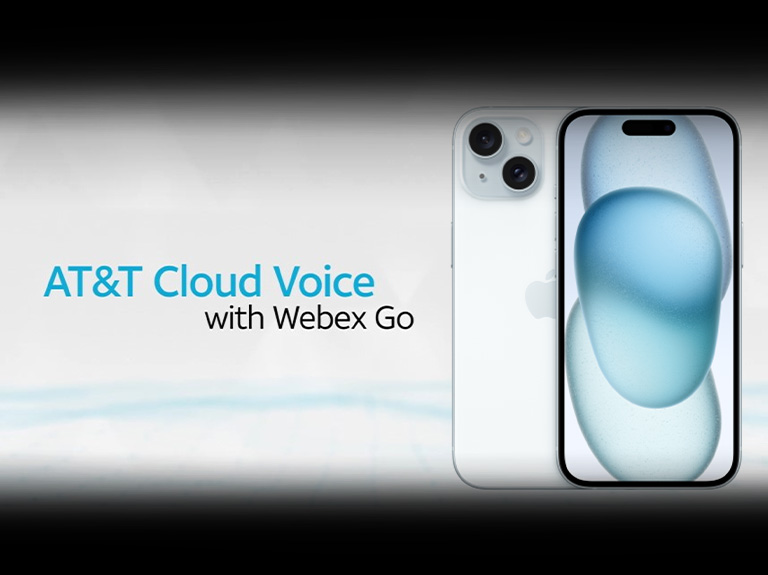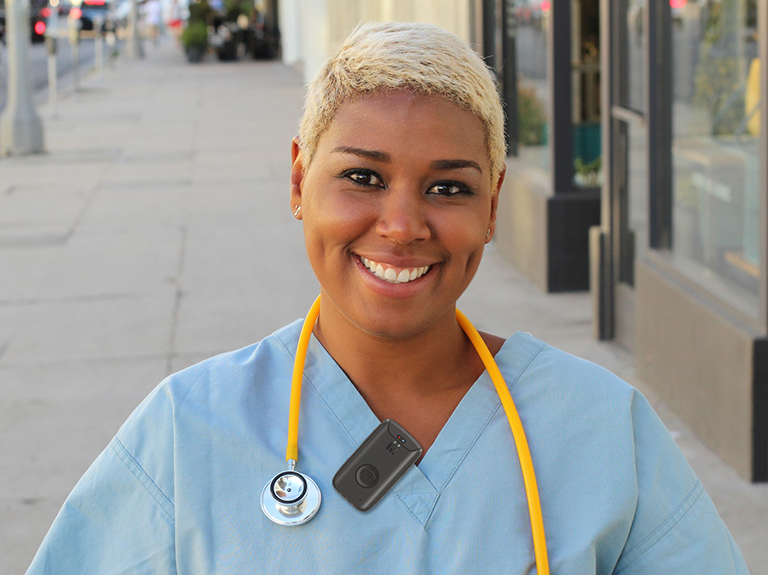Given the events of the last year-and-a-half, it seems only fitting that this year’s theme for the HIMSS Global Health Conference & Exhibition is about change. It feels like we’ve experienced nothing but change during the pandemic; but some of it, especially in the healthcare industry, has been for the better. And technology has been at the heart of the transformation. As one of the people who plans to attend HIMSS next week, I’m eager to share with others there how technology changed access to healthcare during the pandemic and how it can help create a healthier tomorrow.
Virtual care, one of the key topics on the HIMSS agenda, is a perfect example. It not only helped to make healthcare possible when in-person visits weren’t safe, but it will also prove critical for the future in caring for an aging population with more chronic conditions. With the help of live video, audio and remote patient monitoring (RPM), patients can now interface with healthcare providers from the comfort of their home. This is especially beneficial for those who live in rural communities. RPM helps healthcare providers to collect important vitals through near real-time monitoring of blood oxygenation, heart rate, temperature, respiration rate, blood pressure, and more. In addition, RPM can help improve patient outcomes and reduce 30-day readmission rates while also reducing costs.
The digital transformation of healthcare is also about improving the patient experience, another topic on the HIMSS agenda. Technology plays a crucial role in engaging with patients along their care journey and improving efficiency for providers. Less time spent on paperwork means more time spent with the patient. Digital check-in kiosks, for example, allow patients to begin their check-in process without staff assistance. The kiosks can also be equipped with biometric authentication features, like facial or fingerprint scanning, helping staff deliver care quicker. 5G with multi-access edge computing, artificial intelligence and other cutting-edge technologies are helping the Lawrence J. Ellison Institute for Transformative Medicine of USC create an immersive experience for patients. For instance, the music and lighting used during an appointment can be customized to the patient’s preference. And connected sensors worn by patients, researchers and staff at the Institute make it possible to track how much patient interaction is taking place. The use of virtual reality and augmented reality powered by 5G has also been shown to reduce chronic pain and anxiety for certain patients. All are examples of how technology is at the center of improving the patient experience.
And of course, cybersecurity is likely to be a hot topic at HIMSS, given the number of recent healthcare cyberattacks. The impact of COVID-19 created more opportunities for malicious actors, who took advantage of the overwhelmed healthcare system. With remote care expanding rapidly, connected medical devices are an easy entry point for attackers. Lack of investment in the appropriate technology has also left health systems exposed. Now more than ever, with the digital transformation of healthcare, organizations need to adopt a security-first mindset. A potential data breach should be viewed as a “when” not an “if” occurrence. As healthcare organizations evolve, so too must the security solutions that protect them.
As we put the challenges of the past year behind us, it’s important we act on the lessons learned. Change is necessary. Change can be transformative. And from where I’m sitting, change with technology at its core can lead to a brighter future for healthcare.
Hope to see you at HIMSS! (Booth 3929-01)
